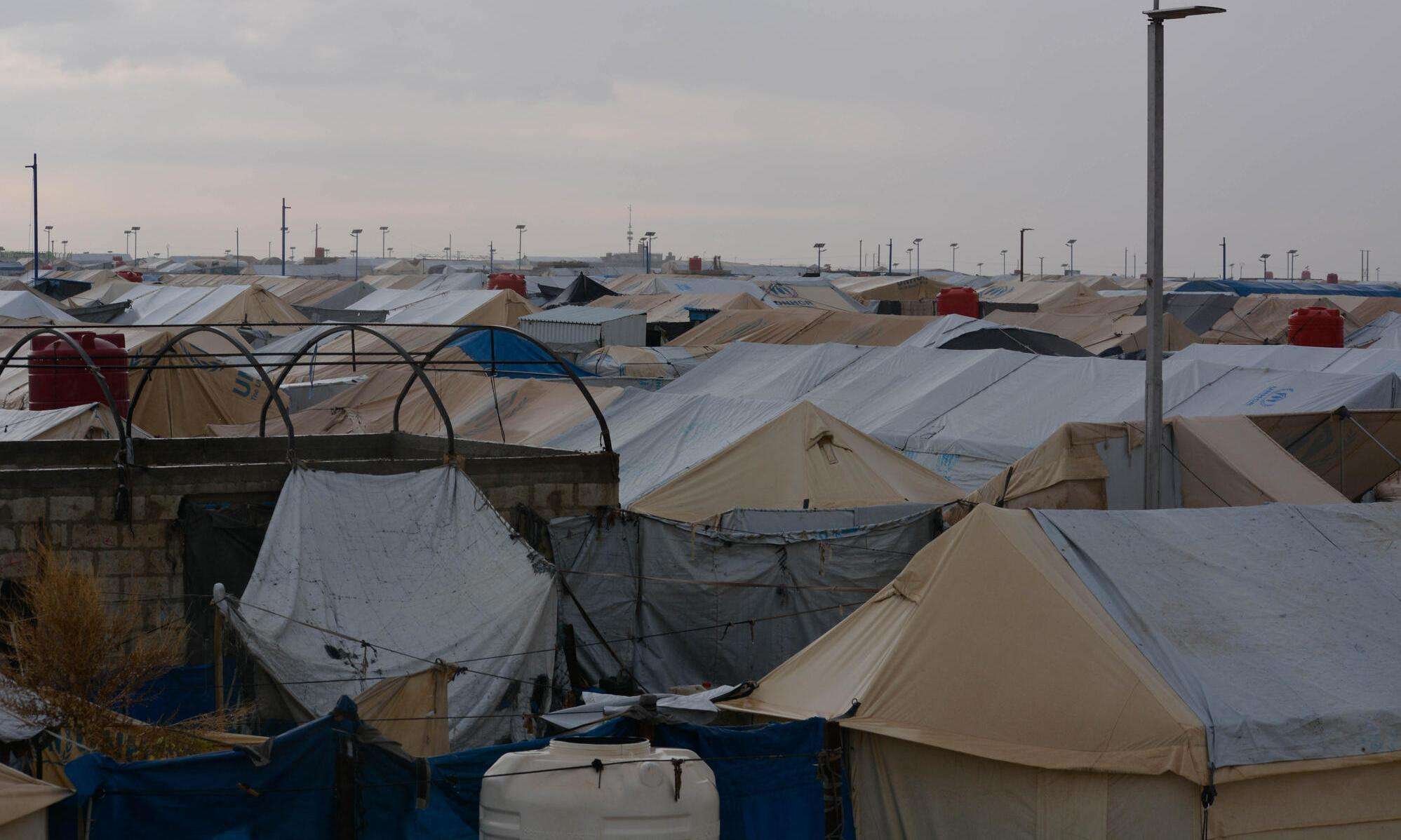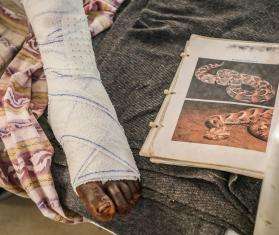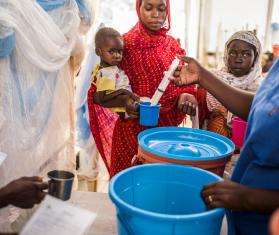Vickie Hawkins has worked for Doctors Without Borders/Médecins Sans Frontières (MSF) for over 20 years, and currently serves as the general director of MSF Netherlands and chair of the management team for MSF’s Amsterdam Operational Center. Here, she shares her experience after visiting MSF projects in northeastern Syria.
In my 25 years of working with MSF, I have often been asked what has really stuck with me from what I’ve seen. Sometimes what stands out is a feeling, and this is definitely the case for my recent visit to our programs in northeastern Syria.
I left the region with a feeling that this forgotten corner of the world is shouldering many issues alone. This is particularly true in Al-Hol camp, where the Autonomous Administration of North and East Syria, the US-led Global Coalition to Defeat ISIS, international donors, and countries with citizens detained in Al-Hol must urgently provide a long-term solution for people detained in the camp. Although the Syrian conflict has abated, there is a perpetual sense of the potential for escalation, while the people of the region remain trapped and vulnerable.
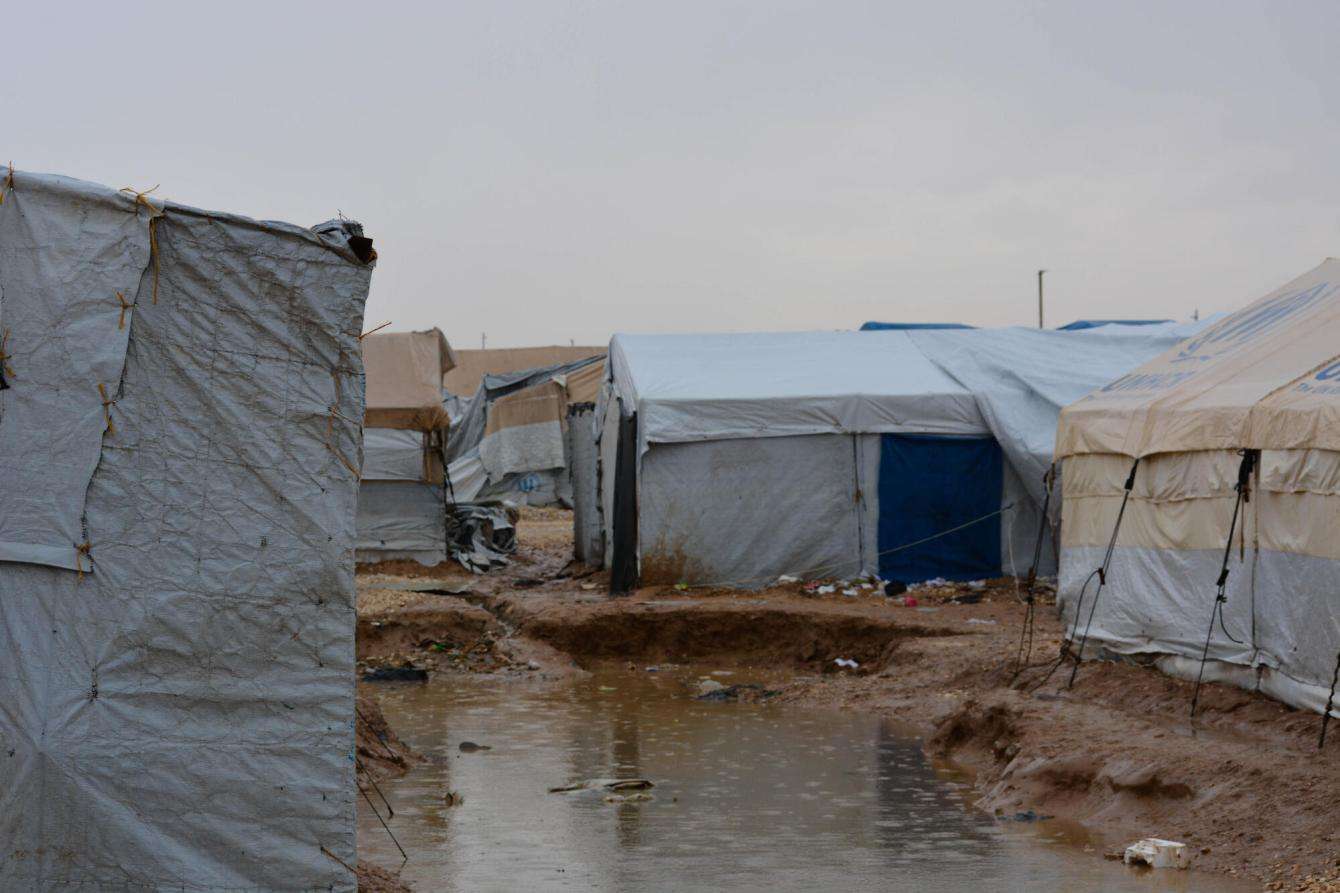
Northeastern Syria exists in a web of complex geopolitical forces. Wedged in between neighboring Türkiye and Iraq, and governed autonomously from the rest of Syria, these lines of control buzz with frictions whirling above the heads of the approximately more than 3 million people who reside there.
In the region, MSF teams provide primary health care and treatment for noncommunicable diseases (NCDs) like diabetes and heart disease and run a water purification plant to provide safe drinking water in Al-Hol camp. Our medical teams also provide care in Al-Hol camp for people who are unable to reach clinics.
Al-Hol camp, from temporary camp to open-air prison
One of the first stops during my visit was Al-Hol camp, a massive detention camp on the southern outskirts of Al-Hol town, close to the Syria–Iraq border. Originally designed to provide temporary accommodation and humanitarian services to people displaced by the conflict in Syria and Iraq, Al-Hol camp has become an unsafe and unsanitary open-air prison with 43,000 detainees, after people were moved there from Islamic State (IS) controlled territories in December 2018.
Since that time, the people in the camp have effectively been trapped in limbo, with only a trickle of the detainees having been returned to their countries of origin, including France, Canada, Australia, Syria, and Iraq.
As the temperature surged above 40 degrees Celsius [104 Fahrenheit], I wondered how it was possible to endure the heat and the dust, living in a tent, for years on end. A staggering 65 percent of people at the camp are under the age of 18 and 51 percent are under the age of 12.
As you enter the camp, you see children playing in the dirt with makeshift toys crafted from garbage. They don’t have regular access to education or social activities. This is no way for anyone to be forced to live, let alone children.
For more than five years we have documented the unsafe conditions in Al-Hol, yet things remain eerily the same. On June 10, tents were slashed, people were physically assaulted, personal belongings were destroyed, and nine children were separated and removed from their mothers. These women have still not been provided information about the whereabouts of their children. Boys aged 12 and above are routinely removed and placed in detention centers outside the camp with little to no contact or oversight from the outside world.
After a decade of crises and conflict, desperation in northeastern Syria is not limited to Al-Hol
When I visited our programs in the cities of Raqqa and Hassakeh, I began to understand that the desperation in northeastern Syria is not limited to Al-Hol. I visited our teams who support a primary health care center, run a therapeutic feeding program for malnourished children, run two clinics treating NCDs, and respond to outbreaks of diseases including cholera and measles. In the Hassakeh city NCD program there are nearly 3,000 patients while the Raqqa NCD program supports over 2,800 patients.
Prior to 2011, Syria had a well-developed health care system, but I have spoken to people who told me that they now rely on MSF’s free services because they simply cannot afford to pay for health care. For some, [seeking private care] would mean deciding between putting food on the table for their families or buying medicines for their chronic condition.
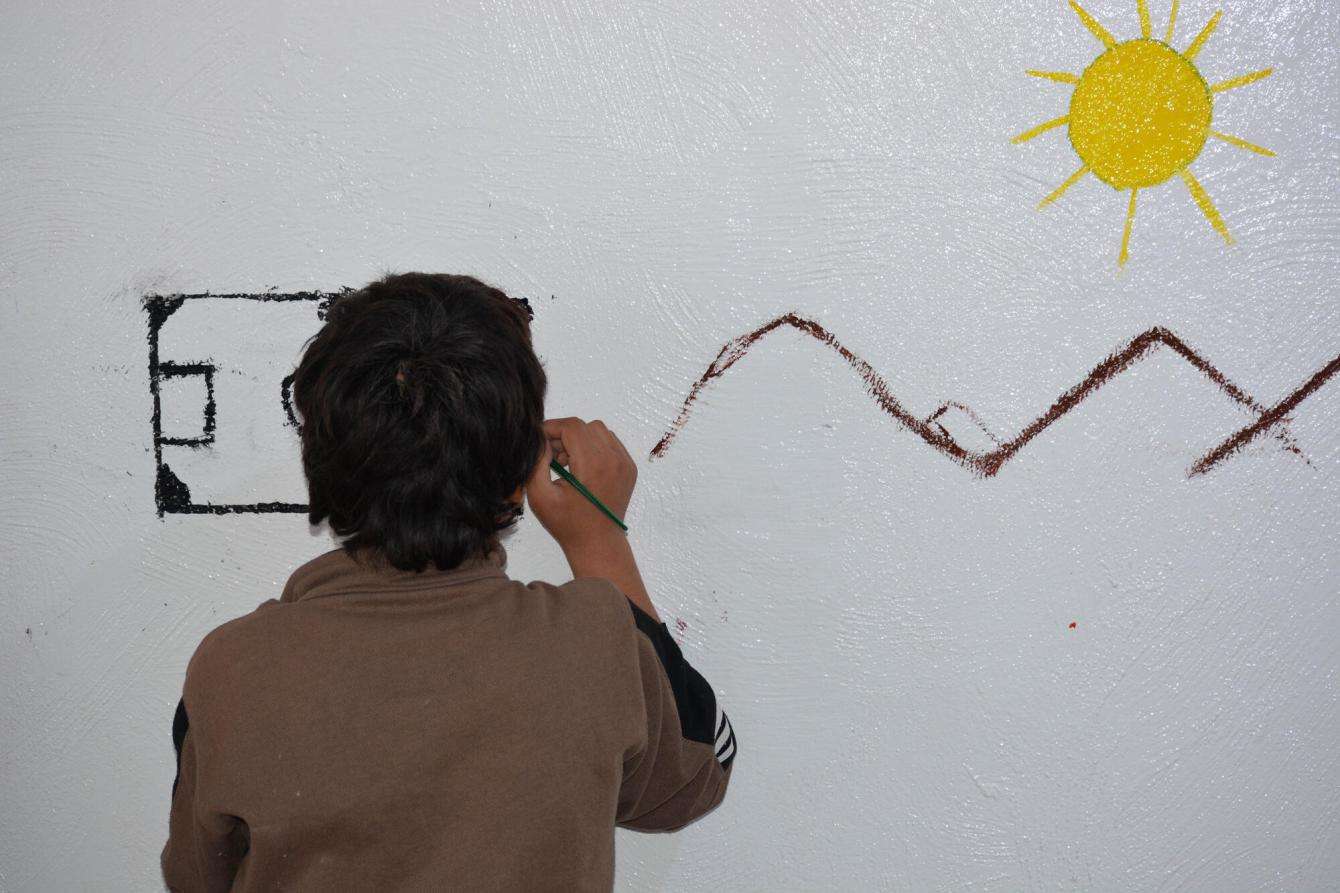
A paralyzing situation with waning international interest and support
The 2024 donor conference for Syria resulted in a 20-percent reduction of funding for humanitarian programs across Syria, the second year in a row of reductions. In 2024, US$4.07 billion is required to respond to humanitarian needs in Syria but just 6 percent, or $326 million, has been funded through the Humanitarian Response Plan (HRP).
In Al-Hol camp, the needs couldn’t be any more pressing: in March of this year, the World Health Organization-funded medical referral system from 11 camps, including Al-Hol, ceased due to lack of funding, effectively cutting all access specialist health care, including for treatable and preventable diseases, and for urgent specialist care like surgery.
An impending water crisis
In addition to the economic situation and food and medical supply issues, northeastern Syria is facing an unprecedented water scarcity crisis. Reduced rainfall, severe drought conditions combined with low water levels in the Euphrates River, interruptions to supply from the Alouk water station that used to serve over a million people, and damaged water infrastructure have not only deprived millions of Syrians of safe drinking water, but have also resulted in further inflation, and losses to harvest and income.
This increases the risk that outbreaks of diseases such as cholera, measles, and respiratory infections can spread rapidly. Urgent action is needed to strengthen epidemic preparedness in Syria, improve health care access, and ensure sustainable access to clean water to prevent and limit the impact of outbreaks.
